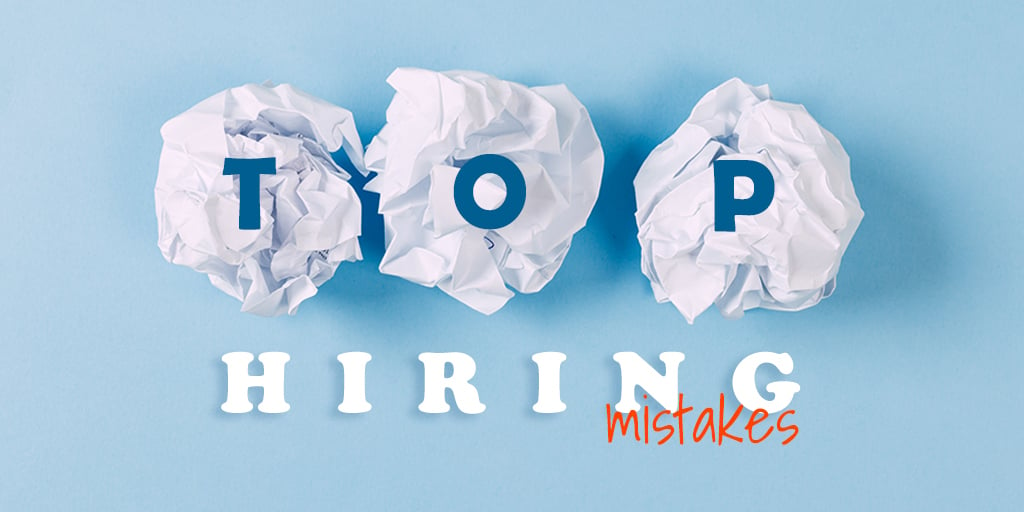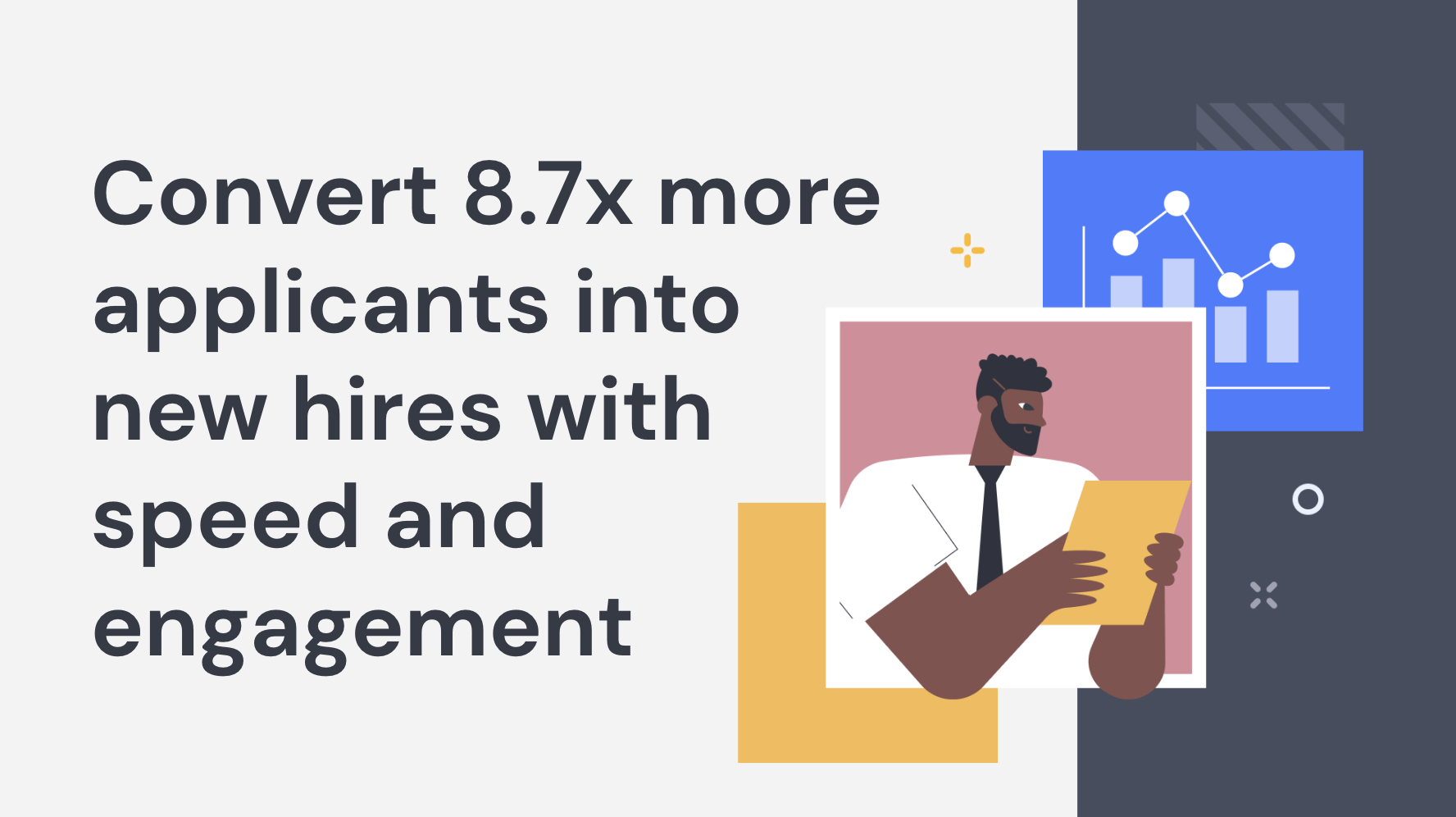Businesses that make good hiring decisions tend to yield more productive employees and avoid high turnover rates.
According to a recent Business Insider article, turnover at QSRs is currently as high as 144% in some cases. This is an astounding statistic because it demonstrates the malignant levels of turnover currently plaguing QSRs.
Good hiring decisions are one of the most effective remedies for the current turnover crisis in the QSR industry. One of the key aspects of making high-quality hiring decisions is the use of assessment tools. While many QSRs may be aware of assessment tools, they may not realize that not all assessment tools are the same. In fact, poorly designed hiring assessment tools can cause more harm than good in the long run.
Pre-employment assessments are usually hosted online and can include everything from work samples to tests that assess your job knowledge, skills, personality, and more. These assessments can also be administered through advanced software systems to save you time. The right hiring assessment tools will help you figure out what your job candidates' performance will be like on the job. The wrong hiring assessment tools, however, can create all sorts of problems in the future. In this article, we'll be covering how hiring assessment tools can land you in hot water if you're not careful.
Basing Assessments on Your Initial Ideas
When hiring a new employee, it's natural to focus on the preliminary qualities that you'd like your new hire to have. However, if you're a part of a larger team, focusing solely on your perception of which qualities would best suit the job will limit your assessment and may not help you much down the line. This is especially true if you aren't the one working directly with the new employee. A good way to ensure that your new hire has qualities that are a good match for your team is to incorporate your team members’ feedback into the final assessment of the candidate. It’s important to ensure that everyone on your team is in agreement about what exactly you're looking for in an applicant.
Assessing Your Candidate Based on Their Word
This isn't to say that you should discredit how your applicants describe themselves. But most people tend to put their best foot forward when it comes to job applications by leaving out any unfavorable information.
Instead of assessing your candidate based on their self-described behaviors and qualifications, create a smart assessment that helps you identify their good qualities through applied knowledge. For example, if you're curious about their organizational skills, provide them with a made-up scenario, and ask them to describe how they would approach organizing the said scenario. Or let's say you're hiring for a front-line position at your QSR. You could have the applicant record themselves reading a sample script in order to assess if they're a good fit for the role.
At Workstream, our smart screening feature allows you to pick out the most suitable candidates based on the criteria you set for your job position. The best part? Our screening questions are highly customizable and require little to no action from you after you have set them. Applicants who are qualified will be moved to the next round while those who are ruled out will be automatically rejected and removed from the applicant dashboard.
Your Assessment is Too Lengthy or Too Broad
If potential hires perceive your job assessment as too lengthy or filled with irrelevant questions, they're less likely to make it past the assessment phase.
Potential hires don't want to invest too much time in a position that they may not even be offered. Thus, they may think that a long and stressful assessment is not worth the effort. This can also be problematic for QSRs that create unrealistic requirements and then find that there are no applicants who meet their criteria.
One way to trim down on unrealistic assessments and job requirements is to host hiring parties like Taco Bell. Hiring parties allow for face-to-face assessments while increasing convenience for candidates who are able to stop by for a brief introduction. Assessment strategies like hiring parties will help attract more potential employees who are the right fit for your restaurant.
You Don't Know What Information Your Hiring Assessment Covers
Another big issue that prevents restaurants from attracting the right hires is failing to know what's on their assessments at all. Simply put, if you don't care about the assessment, potential employees won't either. You should familiarize yourself and your team with the core values and expectations that are being communicated in the assessments.
The bottom line is that every applicant is going to cost you time and, therefore, money. So, it’s essential that your job assessments weed out the applicants that you don't want and retain the ones that you do. This is especially important in the modern world of online hiring where it has become increasingly common for candidates to opt-out of the job application mid-way through the hiring process.
Using the right hiring assessment tools is vital when recruiting your new employees. Workstream helps to relieve some of the stress involved in the hiring process by simplifying and keeping track of applicants, interviews, and onboarding so that your company can save money and time in the long run. Contact us to learn more!




